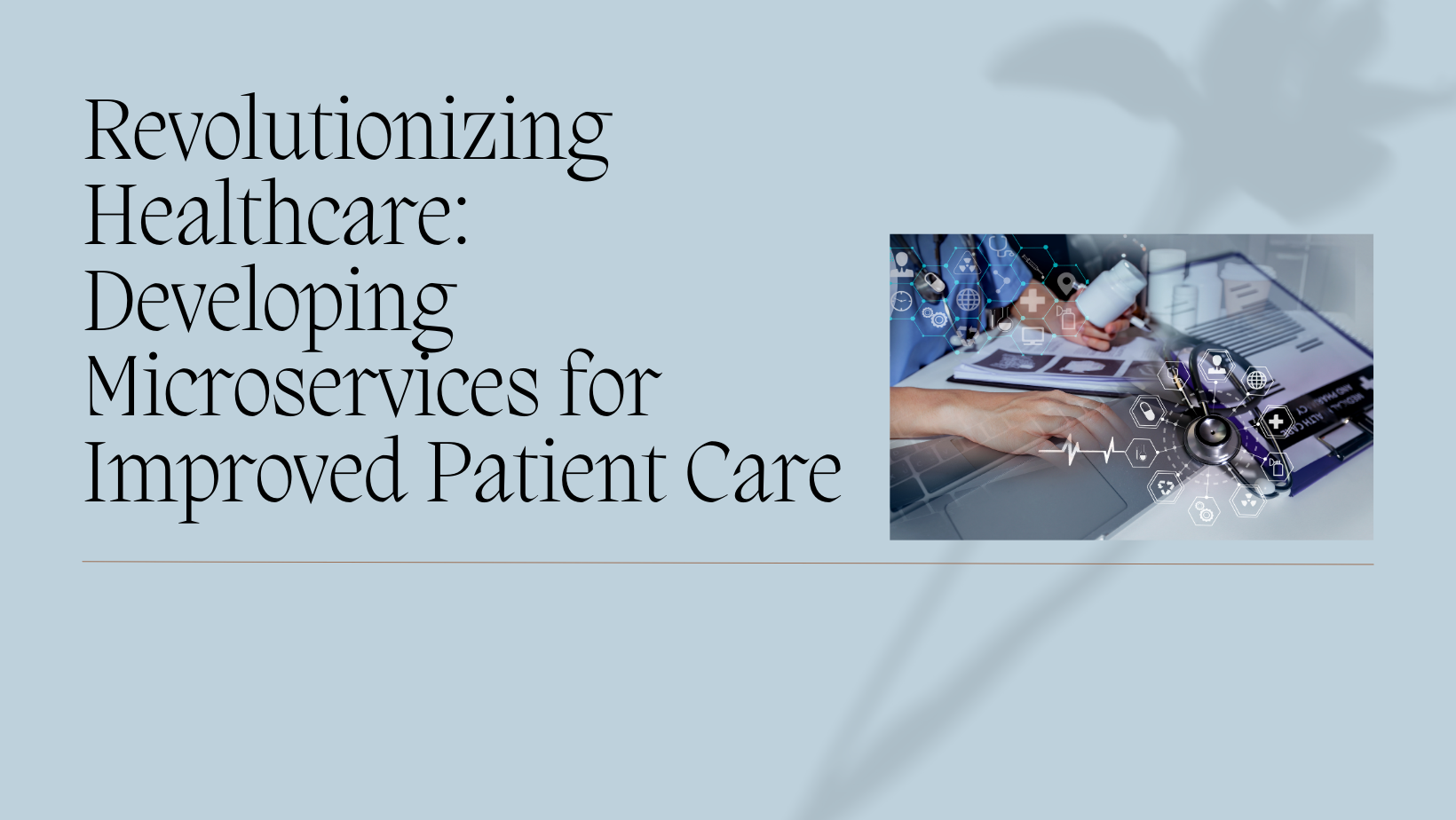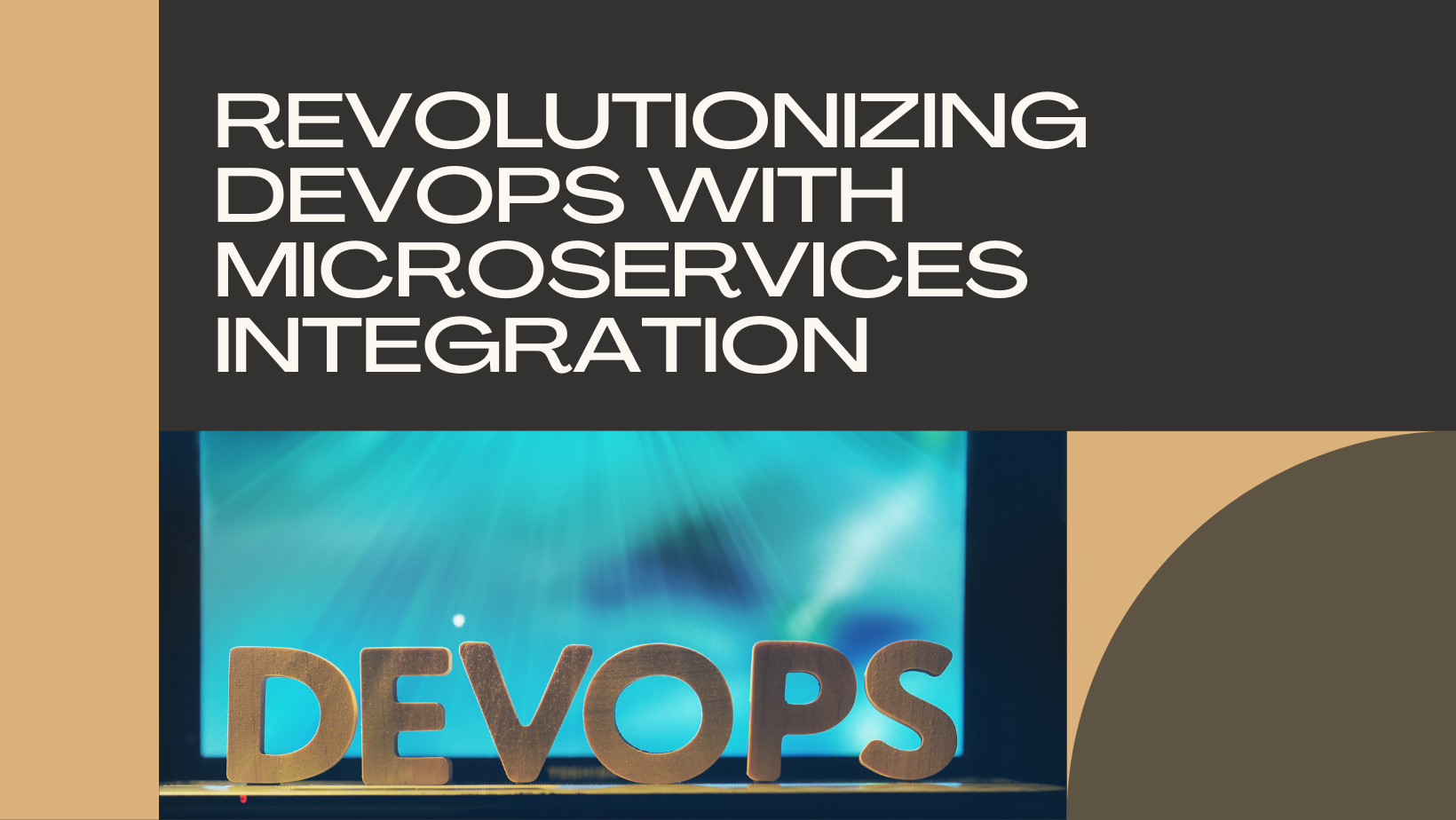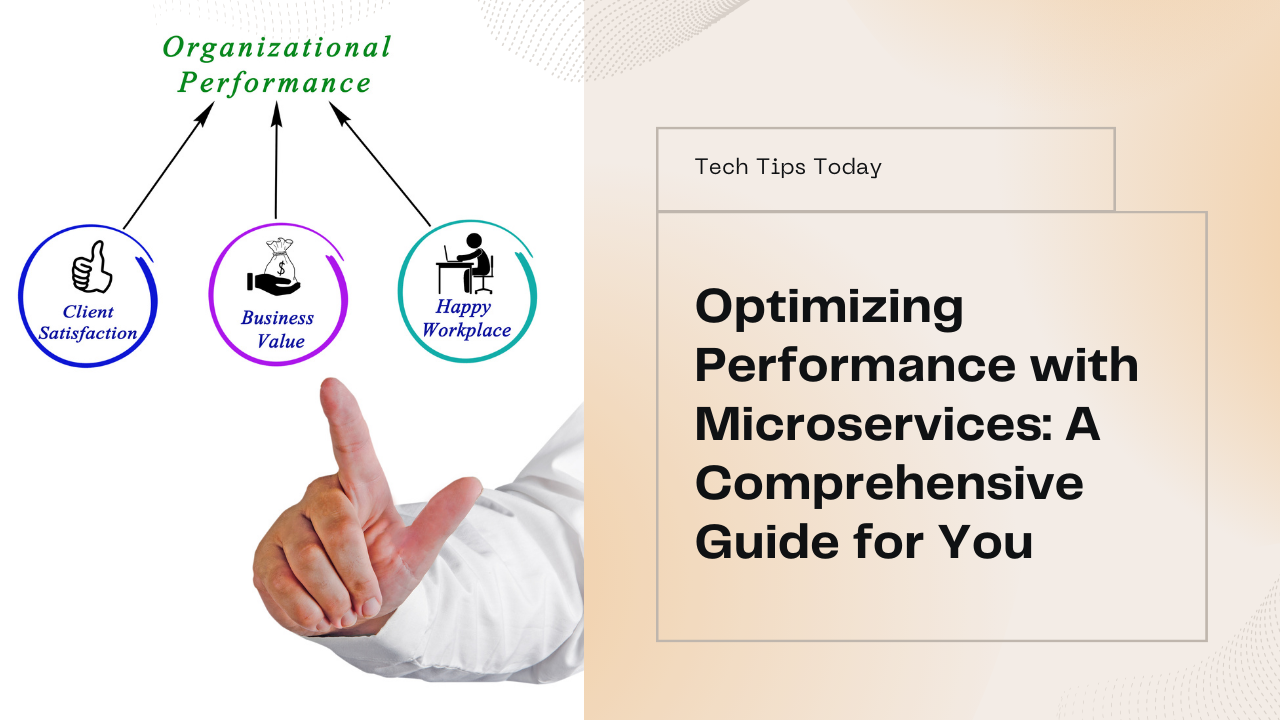In the rapidly evolving landscape of healthcare technology, the adoption of microservices architecture offers significant advantages in terms of flexibility, scalability, and efficiency. This blog explores the intricacies of developing microservices tailored specifically for the healthcare industry, focusing on best practices, benefits, challenges, and real-world applications.
Understanding Microservices in Healthcare
Microservices architecture is a software development approach where applications are structured as a collection of loosely coupled services. Each service is designed to perform a specific function or business capability, and communicates with other services via APIs. In the context of healthcare, microservices enable the development of modular, interoperable components that can be independently deployed, scaled, and updated.
Key Characteristics of Microservices in Healthcare:
- Modularity: Services are organized around specific healthcare functions (e.g., patient management, electronic health records) to facilitate agility and maintainability.
- Interoperability: Well-defined APIs enable seamless integration with existing healthcare systems, allowing data exchange and interoperability between different services.
- Scalability: Healthcare services often experience varying demand levels. Microservices architecture supports horizontal scaling of individual components, ensuring optimal performance during peak times.
- Security and Compliance: Healthcare data requires stringent security measures and compliance with regulations like HIPAA (Health Insurance Portability and Accountability Act). Microservices allow for granular security controls and data isolation, enhancing overall system security.
Benefits of Microservices in Healthcare
1. Enhanced Flexibility and Agility:
Microservices enable healthcare organizations to innovate rapidly by developing and deploying new services independently. This agility facilitates quicker responses to market demands and regulatory changes.
2. Improved Scalability and Performance:
Healthcare applications often experience fluctuations in user traffic and data volume. Microservices architecture supports elastic scaling, allowing services to handle increased loads efficiently without impacting overall system performance.
3. Interoperability and Data Exchange:
Healthcare providers rely on interoperable systems to share patient data securely across different departments and facilities. Microservices facilitate seamless integration with legacy systems and third-party applications through standardized APIs.
4. Fault Isolation and Resilience:
Isolating services minimizes the impact of failures, ensuring that issues in one service do not disrupt the entire system. This fault tolerance enhances system reliability and uptime, critical for healthcare operations.
5. Cost Efficiency:
Microservices enable resource optimization by allowing healthcare organizations to allocate resources based on the specific needs of each service. This efficiency reduces infrastructure costs and enhances overall ROI.
Best Practices for Developing Microservices in Healthcare
1. Domain-Driven Design (DDD):
Align microservices with specific healthcare domains or business capabilities (e.g., patient management, telemedicine). This approach ensures that services are cohesive, focused, and aligned with organizational goals.
2. Secure Communication and Data Handling:
Implement robust security measures to protect sensitive healthcare data. Use encryption, tokenization, and secure APIs to ensure data privacy and compliance with regulatory requirements.
3. Adopt Containerization and Orchestration:
Container technologies like Docker facilitate the packaging and deployment of microservices. Orchestration tools such as Kubernetes automate deployment, scaling, and management of containerized applications, enhancing operational efficiency.
4. Continuous Integration and Deployment (CI/CD):
Implement CI/CD pipelines to automate testing, integration, and deployment processes. Continuous monitoring and feedback loops help detect and resolve issues early, ensuring high software quality and reliability.
5. Monitor Performance and Health Metrics:
Utilize monitoring tools to track service performance, resource utilization, and system health. Proactively monitor key metrics (e.g., response time, error rates) to identify bottlenecks and optimize service performance.
Real-World Examples of Microservices in Healthcare
1. Cerner Corporation:
Cerner uses microservices to develop its electronic health records (EHR) platform, enabling healthcare providers to access and manage patient records efficiently. Microservices architecture supports scalability, interoperability, and real-time data processing.
2. Allscripts Healthcare Solutions:
Allscripts leverages microservices to deliver clinical, financial, and operational solutions to healthcare organizations. Modular services enable Allscripts to offer customizable solutions that meet diverse healthcare needs.
3. Kaiser Permanente:
Kaiser Permanente employs microservices to enhance patient care delivery through its integrated healthcare system. Microservices enable seamless communication between healthcare providers, patients, and administrative staff, improving care coordination and patient outcomes.
Challenges and Considerations
1. Data Consistency and Integrity:
Maintaining data consistency across distributed microservices can be challenging. Implement transactional boundaries, event-driven architectures, and distributed data management patterns (e.g., CQRS) to ensure data integrity and consistency.
2. Regulatory Compliance:
Healthcare organizations must adhere to stringent regulatory requirements (e.g., HIPAA, GDPR) when handling patient data. Design microservices with built-in security and compliance controls to protect sensitive information and ensure legal compliance.
3. Complexity in Management and Monitoring:
Managing a large number of microservices requires robust monitoring, management, and governance frameworks. Implement service discovery, health checks, and centralized logging to streamline management and ensure service reliability.
Conclusion
Microservices architecture offers a transformative approach to developing scalable, interoperable, and secure healthcare applications. By adopting microservices, healthcare organizations can enhance agility, improve patient care delivery, and achieve operational excellence. However, successful implementation requires careful planning, adherence to best practices, and leveraging advanced technologies and tools.
At Sodio Technologies, we specialize in designing and implementing microservices architectures tailored to the unique needs of the healthcare industry. Our expertise in healthcare technology ensures that you can harness the full potential of microservices to drive digital transformation and deliver superior patient outcomes. Contact us today to explore how microservices can revolutionize your healthcare IT infrastructure and support your organization’s strategic objectives.
Embrace microservices in healthcare to unlock new possibilities for innovation, efficiency, and patient-centric care delivery. Partner with Sodio Technologies to embark on a successful microservices journey and transform the future of healthcare.







